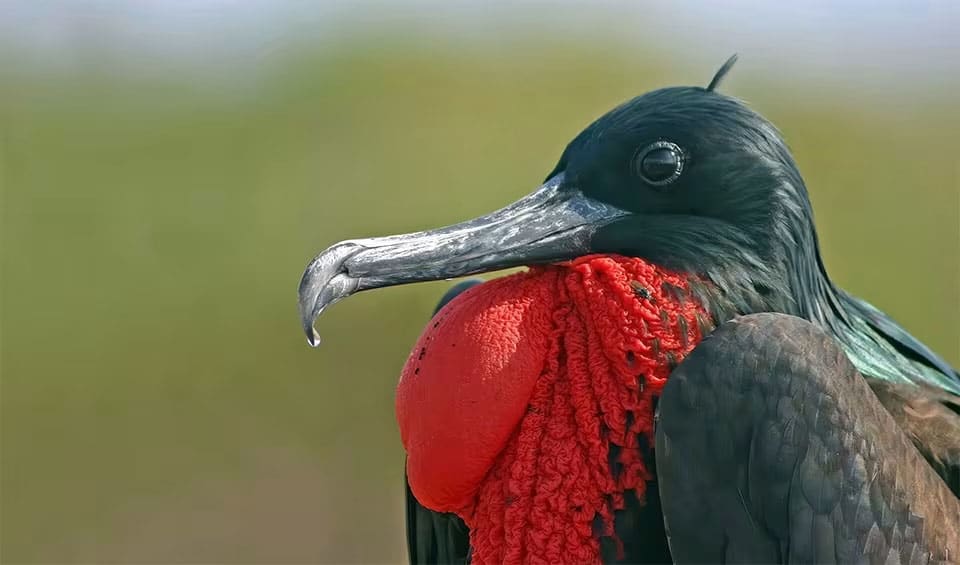Suliformes – Cormorants & allies
Unlike most waterbirds, Suliformes have four webbed toes instead of three
An order of colorfully named fish-eating birds, which comprises a diverse array of species, including frigatebirds, gannets, boobies, cormorants, shags, anhingas, and darters. These birds are highly adapted for life in aquatic environments, with specialized anatomical features and behaviors enabling them to thrive worldwide in coastal habitats.
With their massive size and long, black wings, Frigatebirds are renowned for their remarkable aerial prowess. These majestic birds are capable of soaring gracefully in the sky for hours at a time, utilizing thermal updrafts to remain airborne with minimal effort. Their impressive aerial displays are a sight to behold as they effortlessly navigate the open ocean in search of prey.
In contrast, gannets and boobies are smaller in size but no less remarkable in their fishing abilities. Gannets are typically black and white, while boobies exhibit a stunning array of colors, ranging from brilliant blues and yellows to striking shades of white. These birds are adept hunters, utilizing high-speed dives to plunge into the water and capture fish with precision and agility.
The order Suliformes is predominantly represented by cormorants and shags, comprising approximately 40 species found across the globe. These birds are highly proficient divers, capable of swimming underwater for extended periods in search of prey. However, unlike many other aquatic birds, their feathers are not fully waterproof, necessitating regular periods of drying to maintain buoyancy and insulation.
Anhingas and darters, closely related to cormorants, exhibit similar diving behaviors and fishing techniques. However, their elongated necks and slender bodies make them uniquely adapted for hunting in dense vegetation and shallow waters. Like their counterparts, they rely on sunning themselves to dry their feathers and regulate body temperature after diving.
Families in this order
We don’t need to drink water: all the water they require is provided by fish that they eat
These seabirds have air sacs under their skin to cushion their bodies against the impact of breaking the water’s surface
Take their name from the infamously swift and maneuverable man-o-warships that once battled on the high seas
Nicknamed ‘snakebirds’ because they hunt with just their head and long s-shaped neck extending above the water’s surface





